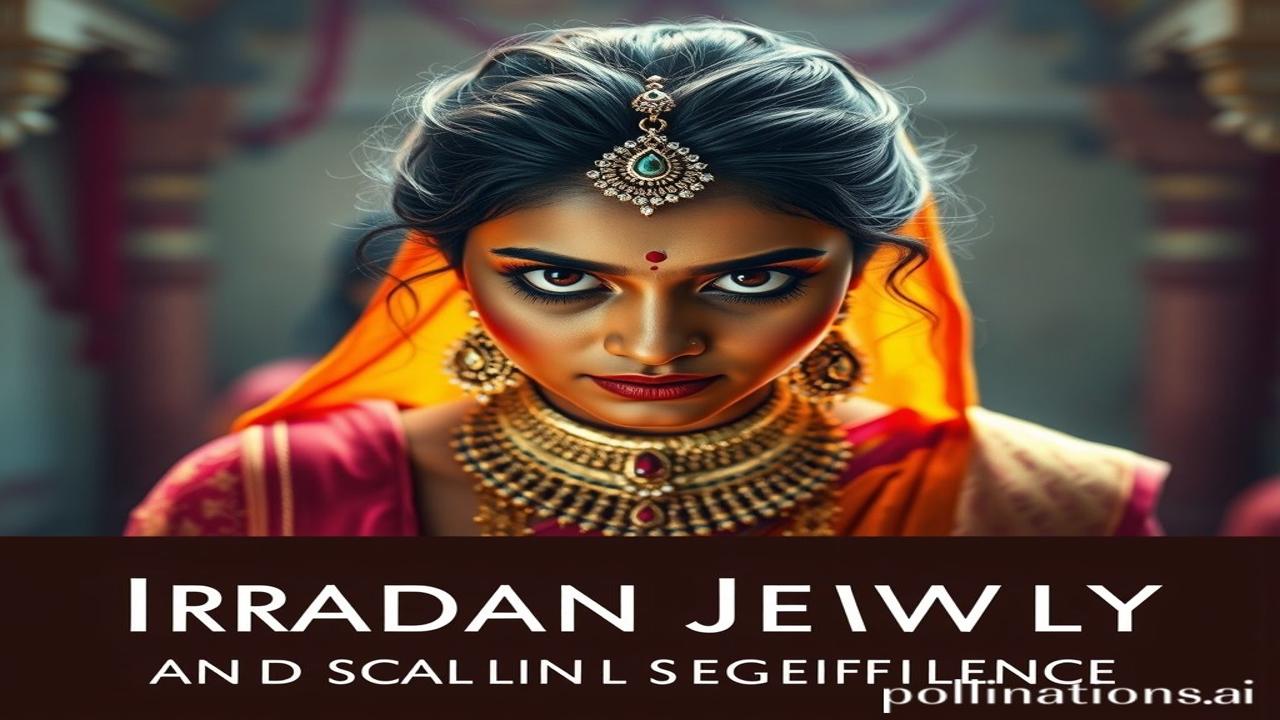Waqt Ki Silvatiyon Mein: Traditional Jewellery aur Women – Ek Anokhi Kahani
Kabhi socha hai, ek chhote se jhumke mein kitni kahaniyan bandh hoti hain? Woh kahaniyan jo ma se beti tak, peedhiyon tak safar karti hain. Woh kahaniyan jo sirf sone-chaandi ki nahin, balki jazbaaton, vaadon, aur pehchaan ki hoti hain. Aaj hum unhi kahaniyon ki dhool jhatak kar dekhenge, exploring the fascinating world of traditional Indian jewellery and its social significance for women.
Itihas Ki Dhool Mein Chhupe Raaz: Jewellery Ka Safar
What exactly is traditional jewellery? It’s more than just adornment; it’s a living, breathing record of our culture, history, and beliefs. Think of it as a wearable textbook that tells stories of empires, religions, and daily lives.
Origin aur Importance: Jewellery in India has a history that stretches back over 5000 years! The Indus Valley Civilization gave us some of the earliest examples. Mohenjo-daro aur Harappa mein, archaeologists ne jewellery ke pieces found kiye – beads, bangles, pendants – all made from materials like terracotta, carnelian, and even gold.
Why is it important? Because jewellery was never just about looking pretty. It was about social status, religious beliefs, protection from evil spirits (remember nazar battu charms?), and signifying marital status. Har piece, har design, ek meaning hold karta tha. Take the mangalsutra, for example. It’s not just a necklace; it’s a symbol of marriage, love, and commitment.
Lesser-known fact: Did you know that certain gemstones were believed to possess healing powers? Ruby (माणिक) was associated with energy and vitality, while emerald (पन्ना) was said to promote intelligence and good fortune.
Zameeni Sach: Logon Ke Jazbaat, Jeevan Ke Rang
Imagine a village in Rajasthan, say 18th century. Ma Rukmini, a young bride, is adorned with rajasthani aad, a heavy necklace that signifies her new status. It’s heavy, uncomfortable even, but it fills her with a sense of pride and responsibility. Her grandmother whispers in her ear, “Yeh sirf sona nahin hai, beti. Yeh tere parivar ki izzat hai, teri pehchaan hai.”
Or picture Rani Lakshmi Bai, her sword flashing in the sun, wearing her nath, a nose ring, as she rides into battle. It’s a symbol of defiance, a statement that she will not back down.
“Yeh sirf jewellery nahin hai,” she thunders, “Yeh meri azaadi ka elan hai!”
These aren’t just stories; they are fragments of a reality where jewellery was deeply intertwined with the lives of ordinary people and royalty alike. Artisans, the kaarigars, spent their lives perfecting their craft, passing down techniques and designs from generation to generation. Their workshops were not just places of work; they were centers of creativity, innovation, and tradition.
Dharohar Aur Pehchaan: Aaj Ke Bharat Mein Jewellery
Today, in the age of fast fashion and mass production, traditional jewellery still holds a special place in our hearts. You’ll see it at weddings, festivals, and religious ceremonies. From the maang tikka worn by brides to the payal (anklets) that jingle with every step, traditional jewellery remains a powerful symbol of Indian identity.
It’s also a form of art that connects us to our roots. Designers are now reinterpreting traditional motifs and techniques to create modern pieces that appeal to a new generation. They are keeping the tradition alive while making it relevant for today’s world. Yeh Bharatiyata ki ek khoobsurat abhivyakti hai – a blend of the old and the new.
Majedar Tathya: Myth-Buster Alert!
Myth: Traditional jewellery is only for special occasions.
Reality: While traditional jewellery is often associated with weddings and festivals, many pieces can be styled for everyday wear. A simple silver kada (bracelet) or a pair of chandbali earrings can add a touch of elegance and tradition to any outfit. And hey, who needs a special occasion to feel beautiful and connected to their heritage?
Drishya Aur Bhavnayein: Ek Sensory Experience
Close your eyes for a moment. Imagine the scent of sandalwood incense burning in a jewellery shop. The cool touch of silver against your skin. The clinking sound of bangles as a woman walks by. The rich, warm glow of gold under the soft light. The intricate details of a hand-crafted pendant. These are the sensations that make traditional jewellery so special – it’s not just about sight, it’s about touch, smell, sound, and feeling.
Antim Vichar: Ek Udhharan
“Alankaar sirf shobha nahin, sanskriti ka aaina hai.”
Jewellery is more than just an ornament; it is a mirror reflecting the soul of our culture, the stories of our ancestors, and the dreams of our future. It’s a reminder that we are all connected to something larger than ourselves, something ancient and beautiful, something that deserves to be cherished and celebrated.
